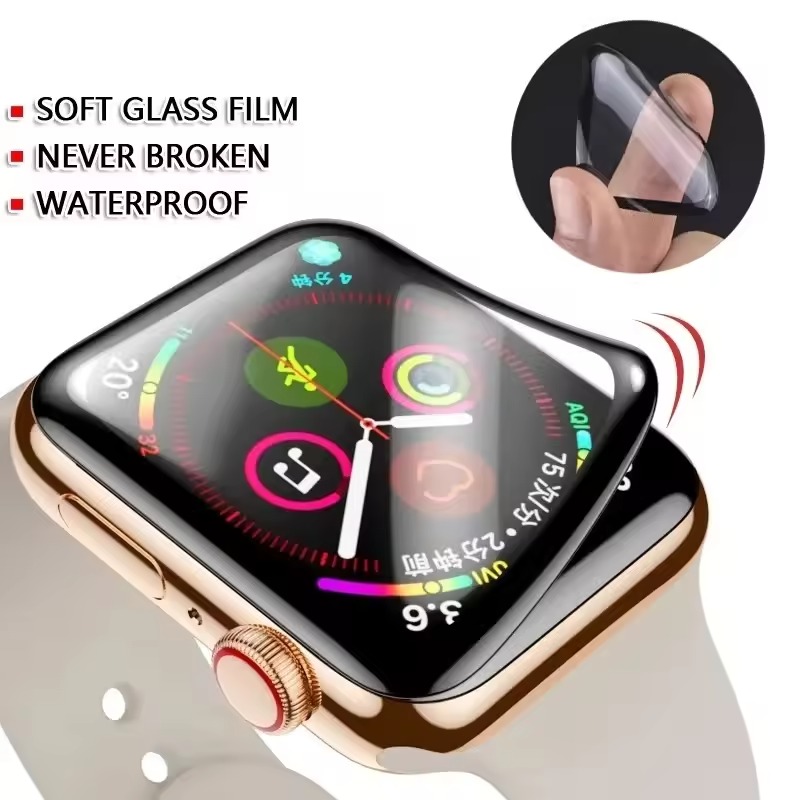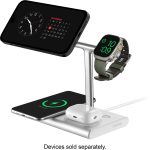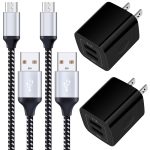The Apple Watch is not only a sophisticated piece of technology but also a fashion accessory that many people wear daily. As such, the desire to keep it looking pristine prompts many users to consider whether a screen protector is necessary. This article will delve into various aspects to help you determine if a screen protector is essential for your Apple Watch.
Understanding the Apple Watch Screen
The Materials Used in the Screen
The Apple Watch screen is made from high-quality materials designed for durability and functionality. The two primary types of screens found on Apple Watches are Ion-X glass and Sapphire crystal. The Ion-X glass is used in the aluminum models, while the Sapphire crystal is present in more premium models. Both materials are engineered to withstand daily wear and tear, but they come with their own sets of vulnerabilities.
Ion-X glass is relatively impact-resistant, but it can still scratch under certain conditions. On the other hand, Sapphire crystal is more resistant to scratches but is more prone to shattering upon significant impact. Understanding these materials gives insight into how susceptible your Apple Watch screen might be to damage, thus affecting your decision regarding a screen protector.
Everyday Hazards: Risks to Your Apple Watch Screen
Every day, your Apple Watch faces various potential hazards that could lead to scratches or cracks on the screen. It could be a bump against your office desk, a fall while jogging, or even minor environmental factors like sand and dust. These seemingly insignificant encounters can accumulate over time and lead to noticeable damage.
Moreover, the screen is often exposed to potential scratching agents. Depending on your lifestyle, you could be subjecting your watch to the harsh environment of the gym, kitchen, or even outdoors where it might encounter dirt, grease, or other scratching agents. Understanding these risks can make the case for a protective cover more compelling.
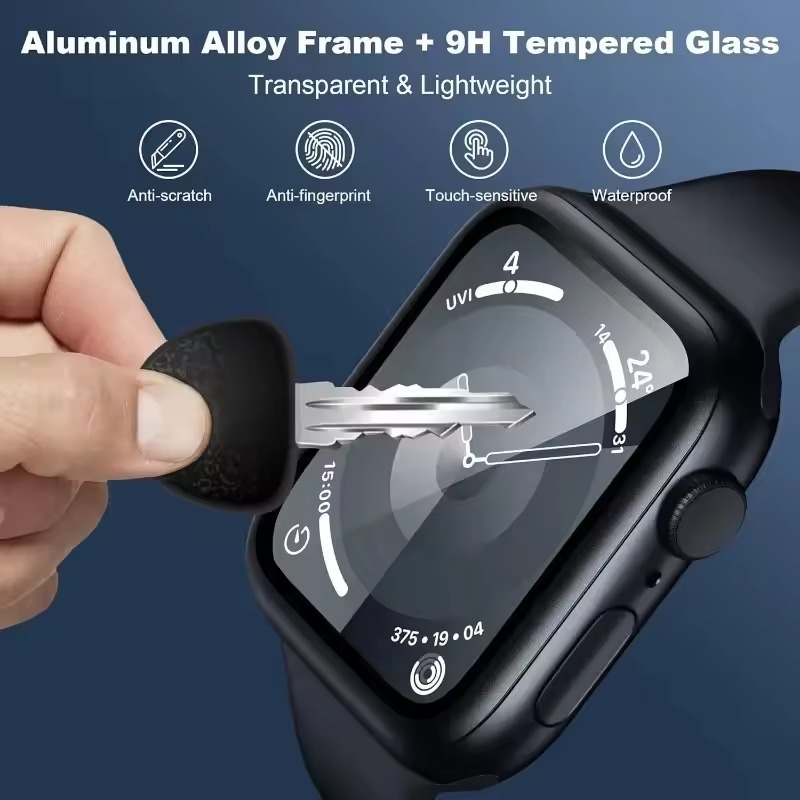
The Benefits of a Screen Protector
Scratch Protection for Peace of Mind
One of the most significant benefits of a screen protector is its ability to safeguard against scratches. Screen protectors can absorb the impact of minor bumps and aggressive contact that might otherwise leave marks on the glass. If you utilize your Apple Watch during outdoor activities or work in environments where it is likely to encounter sharp or hard surfaces, a screen protector can provide an extra layer of security.
Moreover, one must also consider the aesthetics of their device. Many users prefer to keep their product looking pristine for as long as possible, and a screen protector can significantly extend the life of the watch’s appearance. Without a screen protector, that initial sheen and clarity can quickly degrade, diminishing the overall enjoyment of the device.
Resale Value: Keeping Your Investment Intact
When investing in an Apple Watch, it’s beneficial to consider resale value. A device that maintains its pristine condition will likely yield a higher resale price. Even if you think you’ll keep your Apple Watch for years to come, the reality is that most people upgrade their technology more frequently. A screen protector can help keep your watch in a condition that is appealing to potential buyers down the line.
In markets where technology trends change rapidly, aesthetics play a crucial role in a product’s value. A scratched or damaged screen can turn off potential buyers, while a well-maintained device can lead to more lucrative offers. Thus, investing in a screen protector can be seen as a strategic financial move in addition to providing physical protection.
Types of Screen Protectors Available
Film Protectors vs. Tempered Glass
When considering screen protectors, you’ll encounter two primary categories: film protectors and tempered glass options. Film protectors are thin, adhesive-based coverings that offer basic scratch resistance. They are relatively inexpensive and typically don’t add bulk to the watch, making them a suitable option for those looking to maintain a sleek profile.
On the other hand, tempered glass screen protectors provide more robust protection. Made from heat-treated glass, these protectors are more impactful against drops and can absorb shocks better than film alternatives. However, they might add a bit of bulk to the watch, which is a point of consideration for users seeking a streamlined look.
Understanding the differences between these types of protectors can help you make an informed decision that aligns with your lifestyle and usage patterns.
Full-Coverage vs. Edge-to-Edge Protection
Screen protectors also come in various designs, including full-coverage and edge-to-edge options. Full-coverage protectors shield the entire screen’s surface, while edge-to-edge designs extend slightly over the edges of the device. If you frequently engage in activities that may lead to impacts from various angles, an edge-to-edge protector could provide superior coverage.
Moreover, the design of the screen protector should align with your Apple Watch’s style. Seamless installations can enhance the look of your watch instead of distracting from it. Some protectors even boast anti-glare features and oleophobic coatings, which repel fingerprints and smudges, making your Apple Watch easier to maintain in a clean, functional condition.

Installation and Maintenance of Screen Protectors
How to Properly Install Your Screen Protector
Installing a screen protector might appear daunting, but with careful planning and a little bit of patience, it can be an uncomplicated process. Begin by thoroughly cleaning your Apple Watch screen with an alcohol wipe or microfiber cloth to remove any dust or oils. Following the cleaning, carefully peel the backing off the screen protector without touching the adhesive side.
Next, align the protector with the edges of the watch screen to ensure an even fit and gently lay it down, allowing any air bubbles to escape to the edges. Use a credit card or a similar object to carefully push out any remaining bubbles. Once installed, it’s essential to let the protector settle for a few hours to achieve optimal adhesion.
Maintenance Tips for Prolonging Lifespan
Maintaining your screen protector is key to maximizing its effectiveness. Regularly cleaning it with a soft microfiber cloth will help keep fingerprints and smudges at bay, ensuring a clear viewing experience. Avoid harsh cleaners that may damage the protector or your watch; instead, stick to mild soap solutions or alcohol wipes designed for electronics.
Additionally, regularly checking the edges of the protector is crucial to ensure it remains securely affixed to your Apple Watch. If you notice lifting or air bubbles, you may need to reapply the protector or consider a replacement. Regular maintenance will keep your screen protector — and, by extension, your Apple Watch — in excellent condition for years.
The Drawbacks of Using Screen Protectors
Costs and Considerations
While screen protectors provide numerous benefits, it’s important to consider the potential downsides. First and foremost is the cost. Even though many inexpensive options are available, higher-quality tempered glass protectors can be relatively costly, adding an additional expense to your Apple Watch accessory budget.
Furthermore, the need to replace screen protectors after a period of heavy use can contribute to overall costs. Some protectors may wear down faster than others, especially if they’re subjected to more vigorous activity levels. Additionally, you may find yourself needing to purchase multiple protectors over time, which can accumulate into a more significant expense.
Impact on User Experience
Another potential drawback is that screen protectors may slightly alter the tactile experience of using your Apple Watch. Film protectors generally don’t affect interaction much, but more robust tempered glass options might create a discernible difference in touch sensitivity.
Moreover, some users might find the added bulk or visual obstruction of a screen protector undesirable. Depending on the choice of protector, you might find that the clarity or brightness of the Apple Watch display is affected, which can diminish the overall user experience. Weigh these drawbacks against the benefits to make an informed choice based on your specific use case.
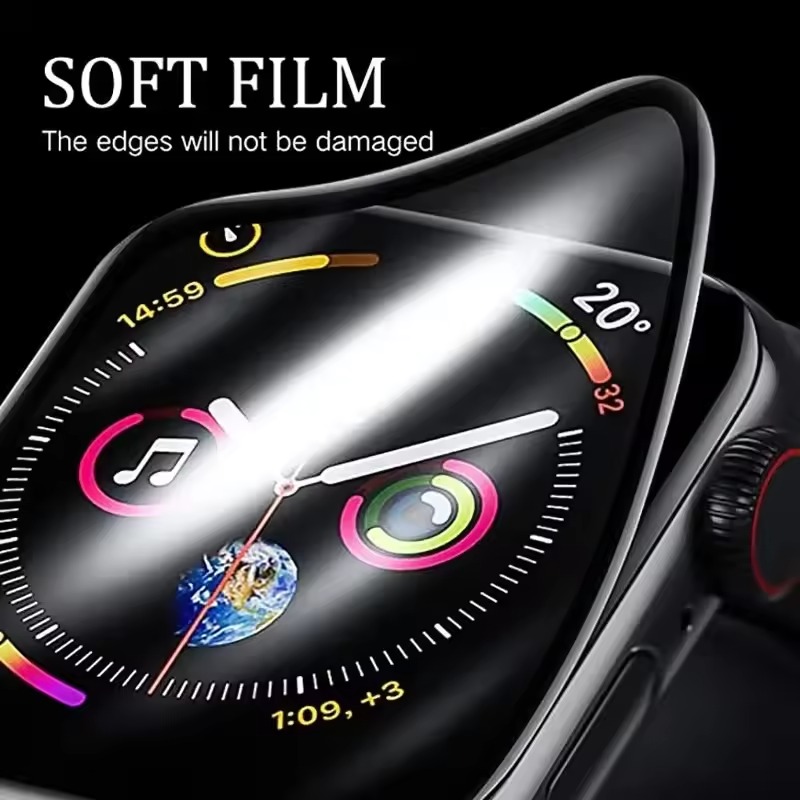
Making the Final Decision
Evaluating Your Lifestyle and Usage
Ultimately, the decision to use a screen protector for your Apple Watch hinges on your lifestyle, usage patterns, and personal preferences. If you frequently engage in activities that pose a risk to your watch—such as sports, outdoor adventures, or even manual labor—a screen protector could be a wise investment that offers peace of mind.
Conversely, if you lead a more sedentary lifestyle where your watch isn’t exposed to extensive wear and tear, you might opt to forego a protector. In this case, being mindful of your surroundings and handling the watch with care could suffice in preventing damage. Your lifestyle choices will play a significant role in this decision-making process.
Making an Informed Decision for Your Apple Watch
In conclusion, the question of whether your Apple Watch really needs a screen protector is ultimately subjective. There are compelling arguments both for and against the necessity of adding this layer of protection. Carefully assess the pros and cons while evaluating your personal habits, your watch’s material, and the potential risks involved.
By making an informed choice, you can confidently decide whether investing in a screen protector aligns with your needs and ensures the longevity of your Apple Watch. Whether you choose to apply a protector or go without, understanding these elements will help you appreciate and protect your Apple Watch to the fullest.
